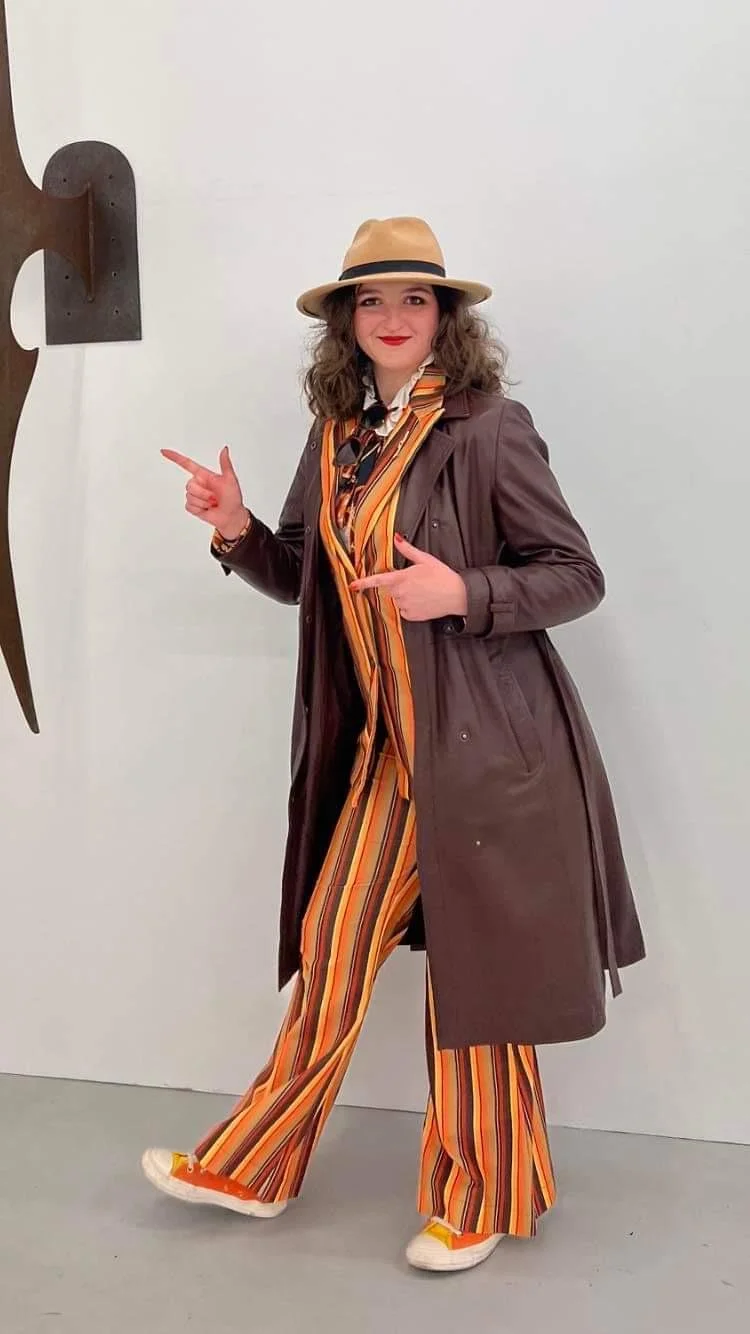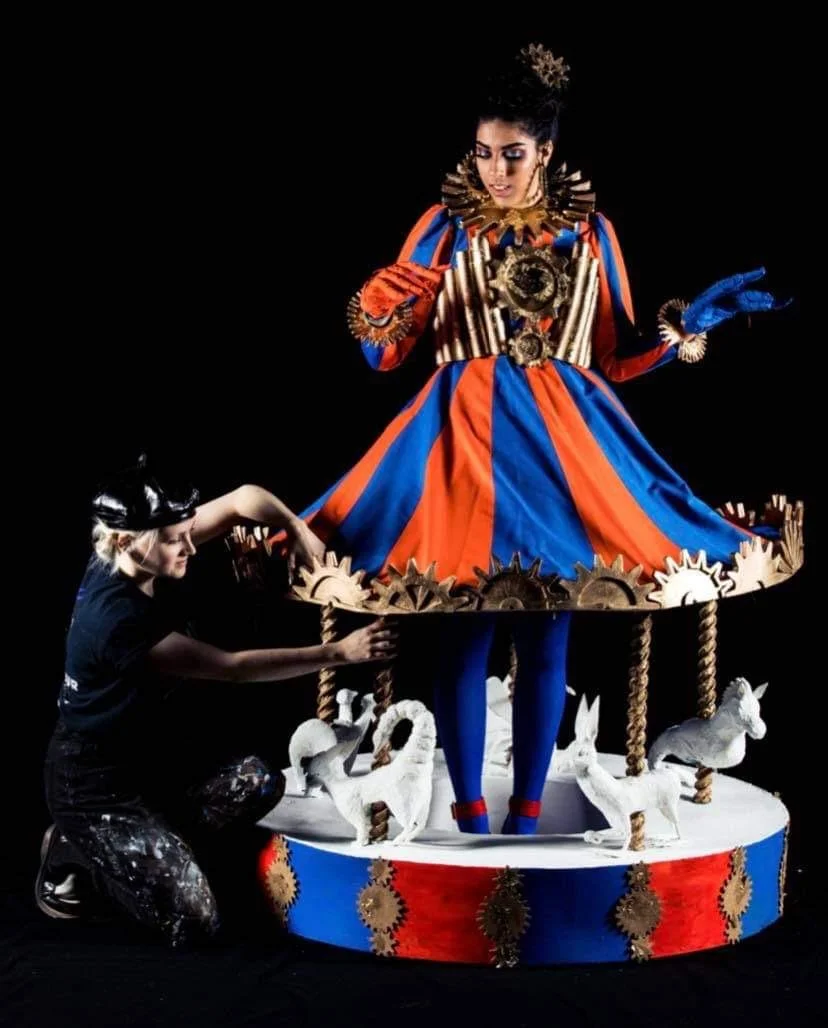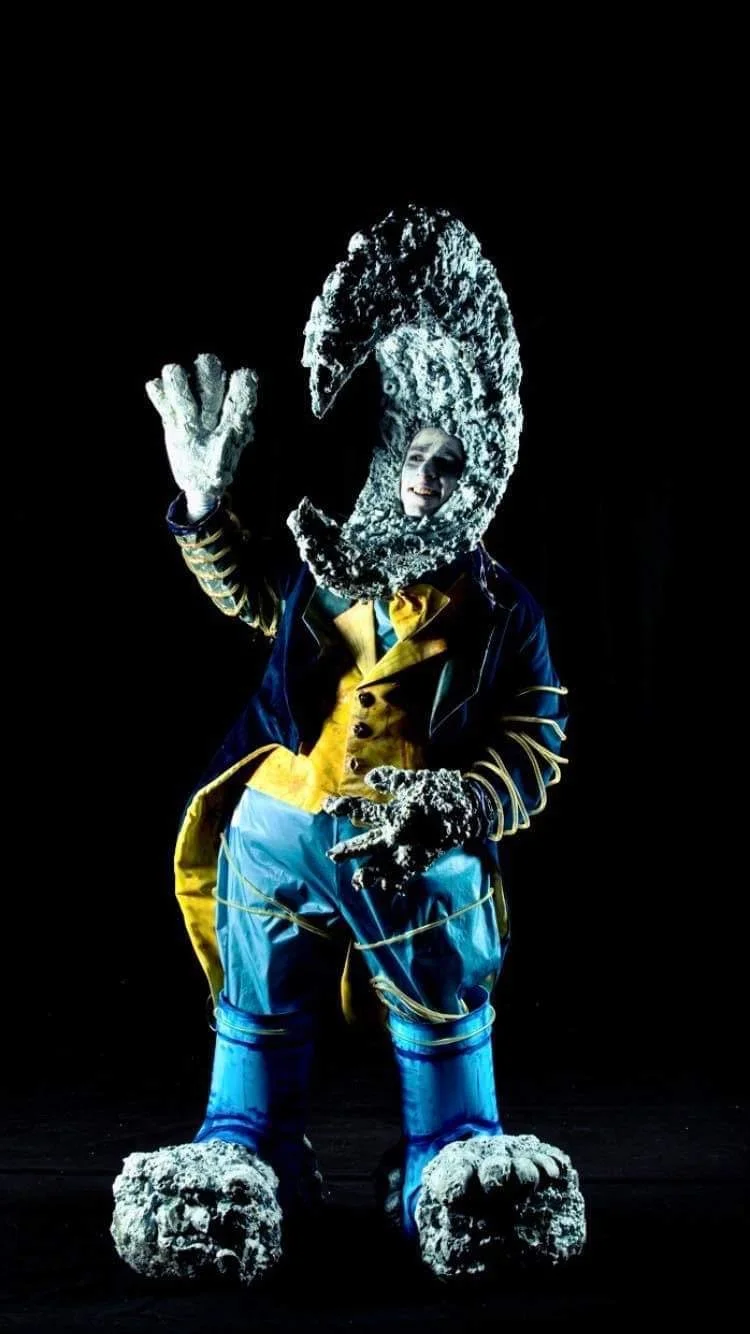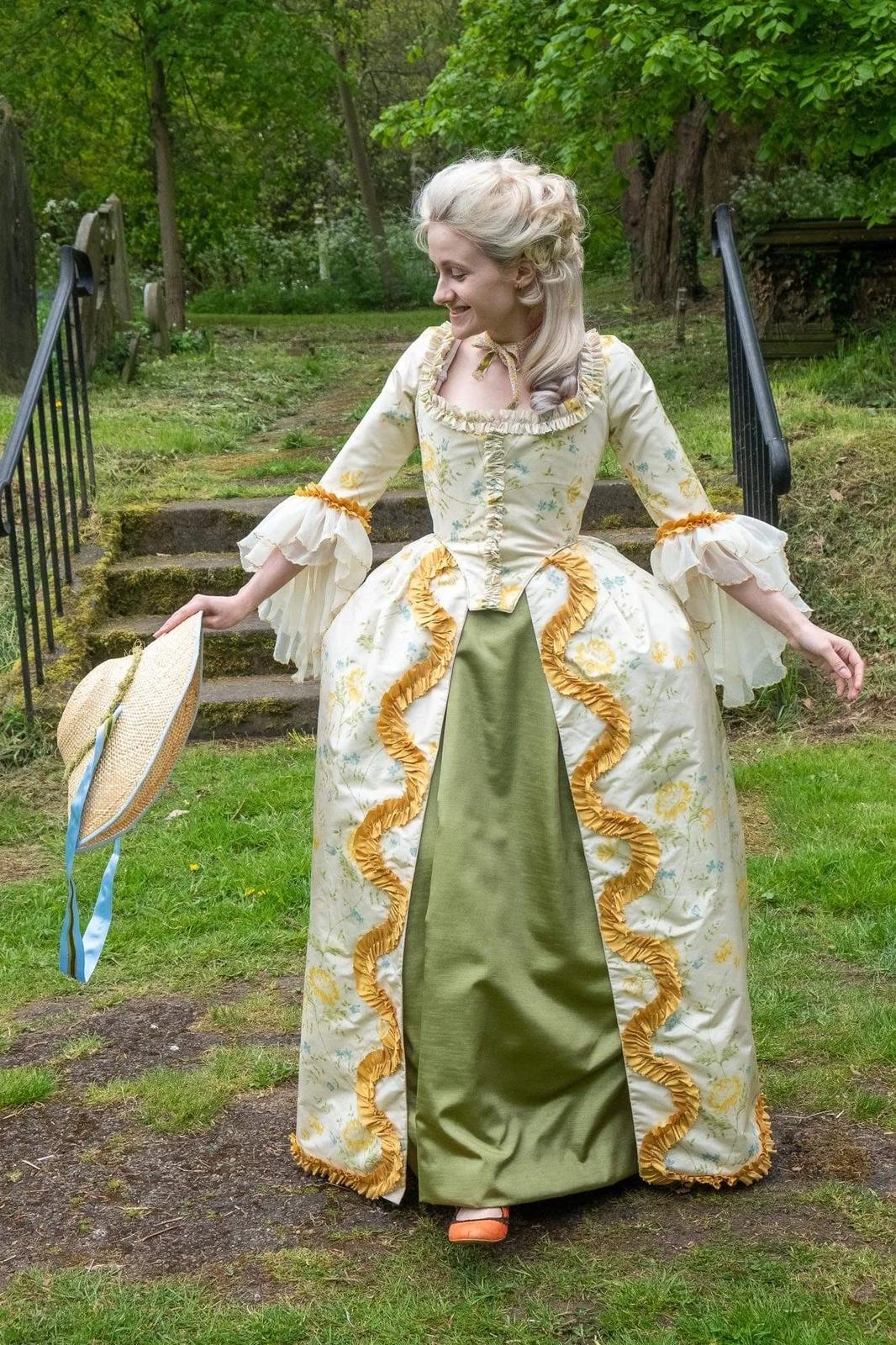What is costume design?
Amber Bickerton, a Wardrobe Assistant at Nevill Holt Opera, and Immy Walsh, a travelling wardrobe assistant for a cruise line, gave Fashion on the Beat their views on all things costume and fashion. Drawing upon their knowledge of working on a variety of production styles, they give an insightful look into the blurred lines between fashion and costume. Both Amber and Immy are 2021 graduates from the Liverpool Institute for Performing Arts and, since graduating, have already worked in various exciting costume jobs both at home and abroad.
Amber Bickerton, wardrobe assistant at Nevill Holt Opera
How did you first get into costume?
Amber (A): I have always had an interest in sewing and creating my own outfits, this leant itself to making costumes for comic conventions and other events. Once I realized that I could pursue costume design and making as a career, I decided to study it at university.
Immy (I): I started volunteering backstage on productions at school and then creating my own cosplays.
Did you have to make a choice between fashion and costume?
A: While I enjoy putting together outfits and making clothes, I had never really considered fashion as something I’d want to go into, only because costume, to me, has the added excitement of designing for a character and translating their personality into what they wear. However, I do feel that there is an overlap in fashion and costume, especially for naturalistic productions where fashion history comes into play. For me, that satisfies any desire I have to work in fashion.
I: Yes. I enjoy both and have read a lot about fashion history, but costume design has allowed me to be more creative and so I chose that.
Immy Walsh at work
Do you feel as though costume is more inclusive to POC, LGBTQ+, and disabled people than fashion? Why?
A: In my experience, while both industries have a long way to go, the conversation about inclusivity and equal opportunities is heavily present. From what I’ve seen in the costume department, this is shown in both the workplace and the application process. However, there is a difference between acknowledging the need to do better and actually taking action.
I: Yes, I think so. Often in fashion, using minorities is just a form of tokenism and trying to please the masses. In theatre, we need minorities to tell the stories being told on the stage from their unique and important perspective.
What does costume design mean to you?
A: It’s an outlet for putting yourself in a characters’ shoes, imagining the world that they inhabit, and then reflecting that in the clothes they wear. It’s visual storytelling for not only their personality but their emotional state, the themes of the production, and anything the audience needs to know that is not said aloud.
I: It’s a way to make art through clothes.
Moon Man by Amber Bickerton
Where do you think the line is drawn between costume and fashion?
A: In my opinion, fashion is like a ‘big picture, overarching theme, evoking a certain feeling through clothing’ kind of thing, whereas costume is ‘drawing upon specific moments, ideas and symbols relative to the story.’ They both interact and are dependent on references from each other, but the main difference that I see is that fashion exists from the moment it is created. You can date fashion from the construction techniques, style choices, and the references it draws upon. Costume, comparatively, exists whenever and wherever it is designed to, using history, context clues, and universal symbolism to fool the audience.
I: That is a very complicated question, but I would say that fashion is about the clothes, and costume is about the person/character wearing the clothes.
Immy Walsh, travelling wardrobe assistant for a cruise line
What do you enjoy/like most about working in costume?
A: I love the need for imagination and originally, the ability to reflect and distort reality as required through the physical world of clothing. Everyone is crafting a persona through what they wear and deciding what parts of them to show to the world. Costume is taking that a step further and allows you to make that choice for others.
I: I love the hectic backstage environment and how a costume can hugely enhance a performance.





